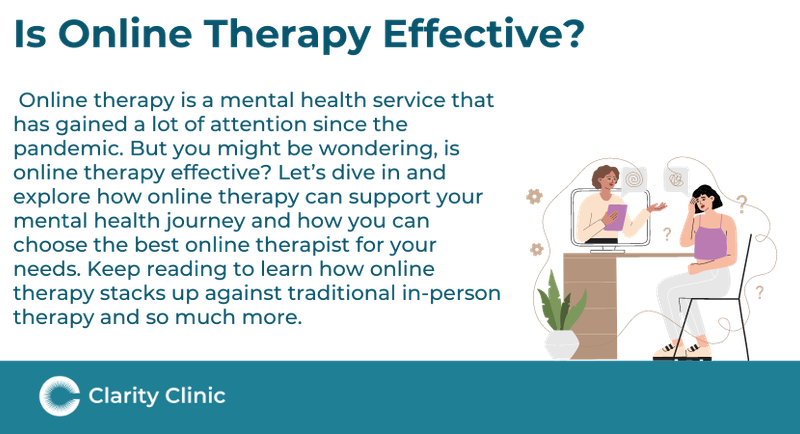All About Atomic Behavioral
Table of ContentsIndicators on Atomic Behavioral You Should KnowThe Main Principles Of Atomic Behavioral Atomic Behavioral Fundamentals ExplainedGetting The Atomic Behavioral To WorkThe smart Trick of Atomic Behavioral That Nobody is DiscussingAll About Atomic Behavioral
It is a non-invasive, risk-free and well-tolerated method of helping you with symptoms such as clinical depression. The Johns Hopkins Mind Stimulation Program provides solutions such as TMS.That coil sends magnetic pulses via your head and to the component of the brain that controls mood., the individuals using TMS revealed a significant improvement compared to those that were offered a sham therapy, or placebo treatment.
The Single Strategy To Use For Atomic Behavioral
(https://my.omsystem.com/members/atomicbhvr1)It is reducing edge because it is extra just recently proving to be a beneficial treatment for those enduring from psychological wellness problems. It's a treatment making a significant resurgence.
Matching hypnosis with traditional mental health treatments can be very safe and very advantageous. When you are hypnotized during therapy, you are just required to an increased state of focus and self-awareness. Hypnosis can be useful for numerous conditions, consisting of anxiousness, depression, schizophrenia, obsessive-compulsive actions and even eating problems and dependency.
No, not grand theft vehicle type video clip games, yet the ones that are geared specifically to assist with mind training. This sort of training aids you find out just how to observe when you are shedding concentrate on a subject - trainings for mental health professionals. It likewise aids you rule in your impulses and refocus on the job available
Atomic Behavioral Fundamentals Explained
Scientists claim this can help with interest deficit conditions. Currently that you have an introduction of the kinds of psychological health therapy options, you can establish which techniques fit your recuperation process. Locating a good specialist who can explain these methods in greater detail can aid you in making a decision which therapeutic course to take.
Content refers to what you claim throughout a treatment session, while process refers to exactly how this details is offered. Your specialist might ask you to maintain a log of unfavorable ideas or emotions. Identifying these patterns permits you to use the abilities you have actually obtained throughout your treatment sessions to move toward even more favorable habits.
9 Simple Techniques For Atomic Behavioral
This consequently improves high quality of life. Individuals with PTSD frequently re-experience stressful occasions in flashbacks, which can be drastically disruptive to day-to-day tasks. They might stop leaving their homes or stay clear of particular situations or stimuli that remind them of their injury. While there's no research that states effectively that EMDR is one of the most reliable type of treatment for dealing with PTSD, numerous researches show positive outcomes including better outcomes when compared to cognitive behavior modification.
, but maintain in mind that an instructor and a mental health and wellness professional emphasis on your mental health in various means.
Atomic Behavioral - An Overview
This technique concentrates on assisting people recognize their location in the world and how to attend to the challenges we challenge as human beings.

You'll likely discover that many therapists make use of various techniques in their work. If the initial therapist you meet doesn't feel right, do not surrender. Also if therapy doesn't really feel ideal or comfortable with one specialist, that does not mean therapy will not work well with another. Below are some things to take into consideration when looking for a specialist: You might favor to see a therapist that is around your age and who you feel will have the life experience to recognize or help you with your problems.
Atomic Behavioral Things To Know Before You Get This
LCSWs concentrate on exactly how social variables affect their patients. These can consist of family members, various other partnerships, and social systems affected by socioeconomic status, race, course, culture, and much more.